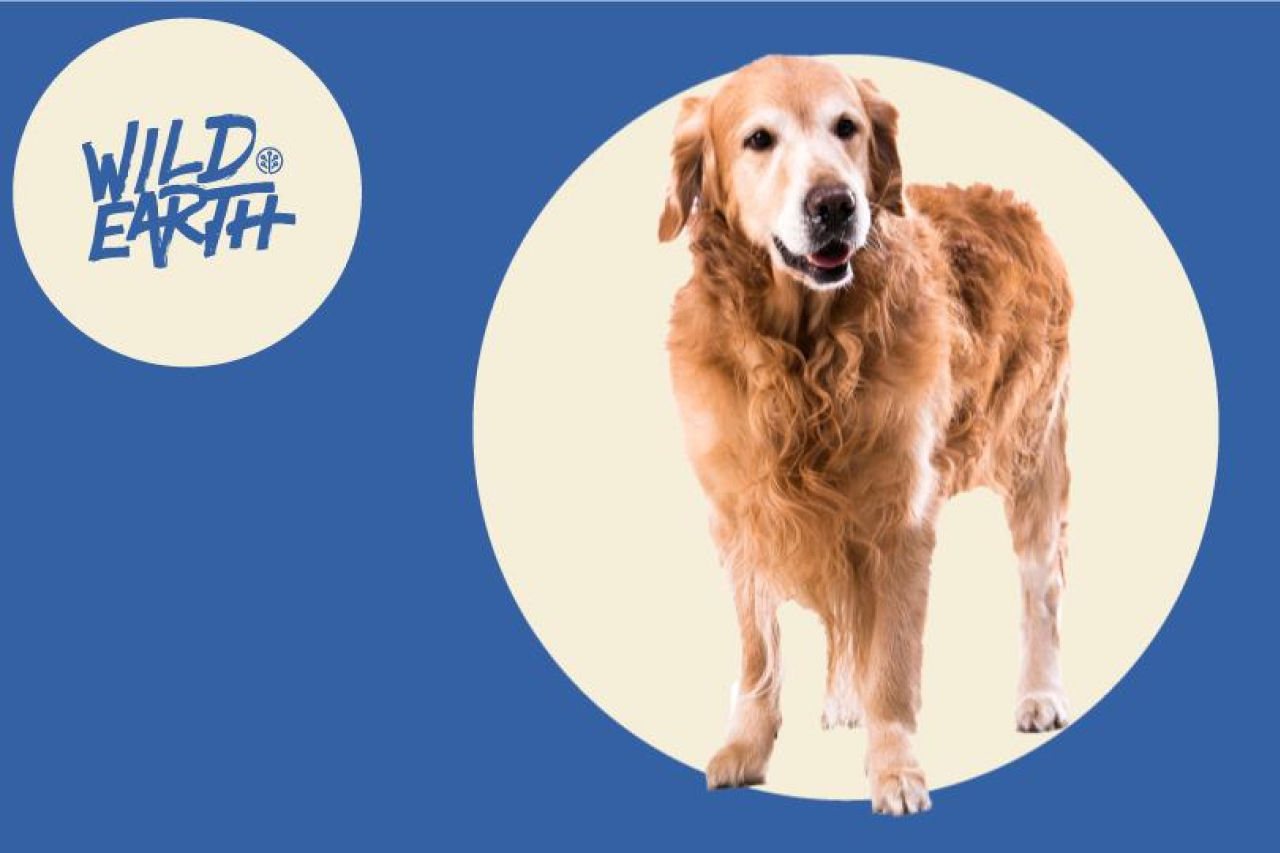
The Vet's Corner: How to Tell if Your Pet Needs to Lose Weight
This is part 2 in Wild Earth's 3 part series on pet obesity. Pet obesity is an epidemic that is severely hurting the quality of life of the pets we love. Part 1 is on the risks of pet obesity, part 2 covers how to determine if your pet is overweight and part 3 details a weight loss strategy.
In part 1, I discussed the risks of pet obesity. Sadly, arthritis, cancer, diabetes, and high blood pressure are just some of the risks associated with your dog being overweight. In this part, we’ll look at why obesity is a controversial topic (but shouldn’t be) and at how you can determine if your pet has a weight issue and what to do next. Obesity is the number one health threat pets face, and the most important pet health decision pet parents make each day is what and how much they feed. It’s one of the many reasons I stand behind our Wild Earth Dog Food. We formulated it to be a high-protein, high-fiber food that is ideal for maintaining a healthy weight in your pup.
Why is pet obesity and nutrition so controversial?
The Association for Pet Obesity Prevention (APOP), conducts prevalence surveys to measure not only the number of pets with obesity but pet parent and veterinary professional’s attitudes and opinions about salient nutritional topics. Want to know the most contentious topic everyone is talking about? Pet food. Pet parents seem genuinely confused about concepts such as whether or not grains or corn is healthy for dogs, if wet or dry diets are more nutritious, the safety and benefits of raw meat diets, and how food can be used to help pets with diseases such as obesity.
Pet parents and veterinary professionals need to be more actively discussing pet nutrition and the prevention and treatment of obesity. There’s a reason I named APOP the “Association for Pet Obesity Prevention.” It’s much easier to avoid excess weight than lose it. Perhaps more importantly, we need to adjust our thinking around dog and cat weight-loss strategies. The evidence is clear: The only current proven treatment for pet obesity is a diet plan combined with lifestyle changes. That’s why any weight loss program needs to be under the advice and supervision of your veterinary healthcare team.
If you simply reduce what you’re feeding your dog or cat, you’re also cutting back essential proteins, fats, vitamins, and minerals. This can lead to serious nutrient deficiencies. In addition, pets with obesity are at risk for developing a life-threatening form of liver failure known as hepatic lipidosis if you drop their food too fast. This condition can develop in as few as 72 hours. I’ll say it again: Never put your dog or cat on a diet without consulting your veterinarian first.

This chart helps you determine if your dog is overweight, underweight or just right
How to tell if your pet needs to lose weight
To determine your dog or cat’s healthy weight, your veterinarian will conduct a series of measurements and assessments to calculate your pet’s body condition score (BCS). Here is a simplified description of a dog’s body composition or BCS:
Underweight
- Ribs - easily felt with no fat covering
- Tail base - bones are raised with little tissue between the skin and bone
- Side view - abdominal tuck
- Overhead view - significant hourglass shape
Ideal body composition
- Ribs - easily felt with slight (1/2”) fat cover
- Tail base - smooth but bones can be felt under a thin layer of fat
- Side view - abdominal tuck
- Overhead view - well-proportioned waist is present
Overweight
- Ribs - difficult to feel with moderate (>1/2”) fat cover
- Tail base - some thickening or widening but bones can be felt under a moderate layer of fat
- Side view - no abdominal tuck or waist
- Overhead view - back is slightly broadened
Obesity
- Ribs - difficult to feel under thick fat cover
- Tail base - thickened and difficult to feel under a thick layer of fat
- Side view - fat hangs down from the abdomen and there is no waist
- Overhead view - markedly wide
Next Steps
If you feel your pet falls into one of the overweight categories, I recommend setting up an appointment with your veterinarian. The first step is to ensure your pet doesn’t have any underlying health issues. In the next article I’ll cover my basic weight loss strategy that has helped numerous pets live a happier, healthier life. Part 1: The Risks of Pet Obesity Part 3: Basic Pet Weight Loss Strategy




























